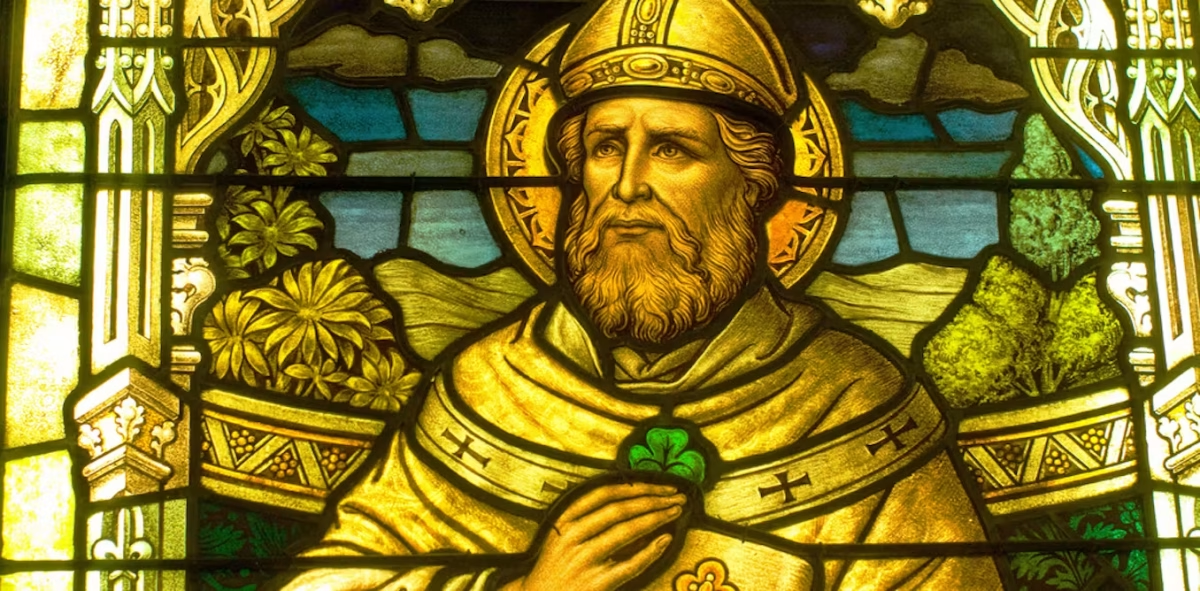When St. Patrick’s Day finally rolls around each March, ginger beards, leprechauns, and green clovers are the first thing on everyone’s minds. Few stop to consider the history behind the Irish holiday’s namesake; St. Patrick, originally Maewyn Succat.
Maewyn Succat, born around 385 in Kilpatrick, Scotland, had little luck in his early years. Born into poverty, Maewyn and his family struggled to get by, learning to rely on their devout faith in God at difficult times. However, the worst was yet to come for the Patron Saint of luck. At the young age of 14, Maewyn was kidnapped during a raid of his hometown. He was taken to Ireland and forced to work as a slave, herding sheep.
As he grew up, Maewyn learned the local language and culture of the Irish but never abandoned his faith. Six years after his capture, God visited Maewyn in a dream. The Lord told him to leave Ireland and go to the coast. Maewyn did as God instructed, boarding a ship back to Britain, where he would finally be reunited with his family.
Once home, Maewyn had another dream, this time of the people of Ireland asking him to return and teach them about God. So, Maewyn began studying to become a priest, eventually ordained by St. Germanus. It was around this time that Maewyn adopted the name ‘Patrick’, before beginning his work to spread the Gospel in Ireland.
St. Patrick was dealt a poor hand from birth. His trademark of luck came later, as he transformed his life by spreading God’s word. Patrick preached for 40 years, converting the entirety of Ireland before his death on March 17, 461, in Saul, where he had built the first-ever church. On this day each year, Christians now celebrate his feast day to honor his legacy and the vast impact he made on the Church.








